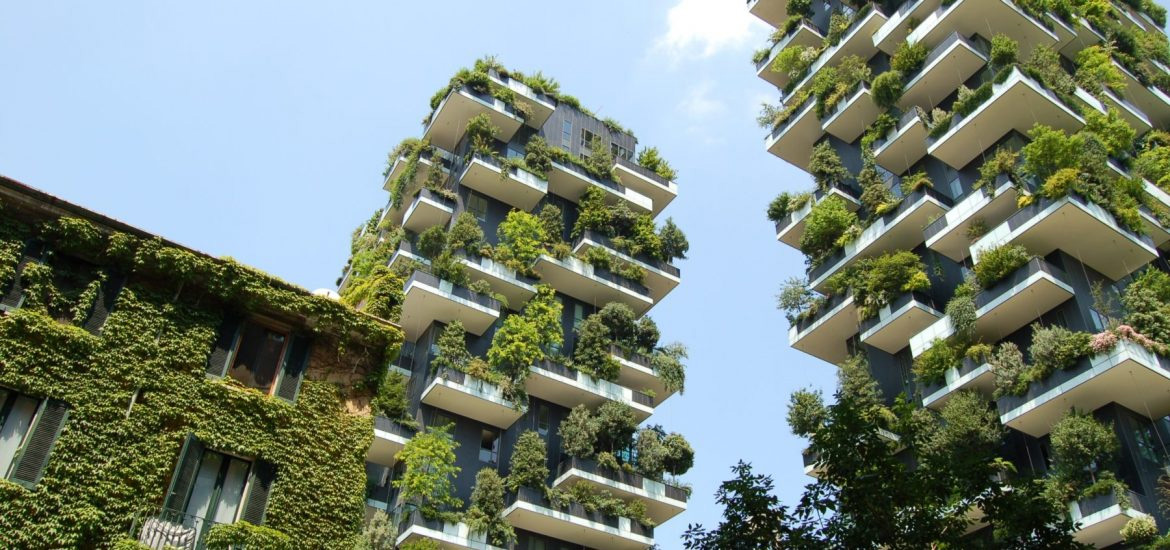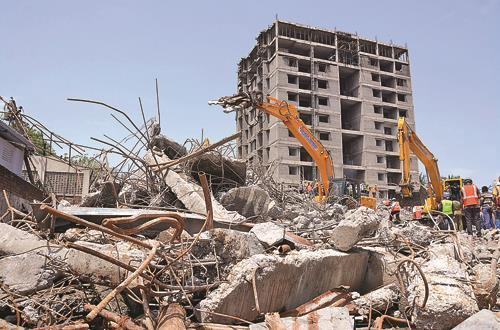
Introduction:
Sustainable architecture has become one of the most commonly used words in our dictionary today due to the world slowly acclimatizing itself to climate change and what it means. Nowadays, the term is so commonly used that a definition is important to first understand what the concept is all about. Sustainable design utilizes efficient materials, climate-friendly orientation and a nature-inspired form, to develop a ‘context’. It starts when architects start thinking; it manifests into the concept, the design, the conversations; it develops with the variations; and it finally rewards the environment with a building that complements the site and resources, and the client with comfort and ease derived mostly from natural sources.

Source: ‘Industry 4.0 could revolutionize sustainable architecture’, Sustainability Times
Description:
With our planet moving steadfastly towards man-made destruction, our responsibilities as architects and designers have increased tenfold. We have the duty of promoting and implementing materials and methods that are eco-friendly, and gradually eradicate elements that have contributed to harming our planet in the past. The construction industry is one of the largest producers of solid waste in the world. But how can we change this situation if most of the materials we use are not renewable, and therefore, finite?
With so many new discoveries and amendments in materiality and techniques, we now have a plethora of alternatives to choose from! It is understandable that any new innovation has its own pros and cons, and many a time, as in the past, the cons are observed after a long period of implementation. But that is how we grow, and it is this responsibility that is ours, of regular evolution and updation of the tangible elements in our industry. Emerging technologies and advanced fabrication tools are a modern boon, helping us create new versions of ordinary materials that respond better to the environment and can easily be recycled at the same time. At the same time, digital tools are also helping us channel these technologies into construction methods and techniques to create a more holistic and sustainable industry.
Conclusion:
A revamp of sorts is in the making, and the architecture industry is in for an overhaul. With the infrastructure sector having one of the largest energy consumptions in the world, it is time for us to embrace these new methods and materials that connect the vernacular of the past with the discoveries of our present, to respond positively to the problems that may arise in our future. In the following articles, we will discuss these innovative alternatives that are promising a sustainable future, and the people who have successfully made the shift to sustainability and are implementing these technologies.
Better Building Practices: